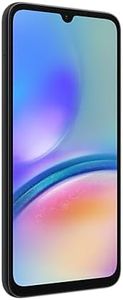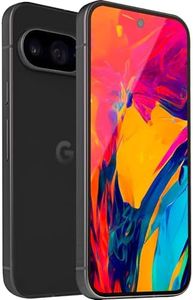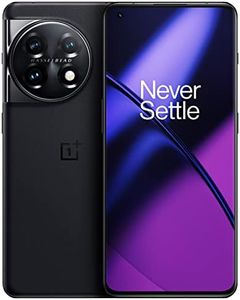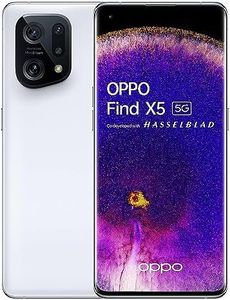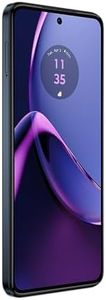We Use CookiesWe use cookies to enhance the security, performance,
functionality and for analytical and promotional activities. By continuing to browse this site you
are agreeing to our privacy policy
10 Best Smartphones
From leading brands and best sellers available on the web.By clicking on a link to a third party's website, log data is shared with that third party.
Buying Guide for the Best Smartphones
Selecting the right smartphone can feel overwhelming because there are so many choices out there. The trick is to focus on what matters most for how you plan to use your device. Think about things like how often you take photos, how much you game or stream, how long you need your phone to last on a charge, and how important screen size or feel is in your hand. By understanding the main features and how they relate to your daily life, you can find a smartphone that will suit your habits and preferences.Display Size and TypeDisplay size refers to how big your smartphone screen is, usually measured in inches diagonally. Larger screens (6.5 inches and up) are great for watching videos and gaming, while medium screens (around 6-6.4 inches) offer a balance of usability and portability. Smaller screens (under 6 inches) are easier to handle one-handed and fit in pockets. The display type, such as LCD, OLED, or AMOLED, affects how vivid and bright the screen looks. OLED/AMOLED displays usually show richer colors and deeper blacks, which are nice for media lovers. If you spend a lot of time reading, watching, or creating content, a bigger and higher-quality screen might be important for you. If you prioritize something easy to carry and use with one hand, look at phones with more compact displays.
Camera QualityCamera quality is often measured by the number of megapixels and the features offered, such as multiple lenses, night mode, and optical zoom. Higher megapixels can mean more detail, but things like sensor quality, image processing, and lens type also matter. Basic users may be happy with a single or dual-lens camera for everyday snapshots. If you're passionate about photography or social media, look for phones with multiple lenses (ultra-wide, telephoto) and advanced features for better, more versatile photos and videos.
Battery Life and ChargingBattery life is usually described in mAh (milliampere-hours)—the higher the number, the larger the battery's capacity. For light users, even smaller batteries can last all day, but heavy users or those who stream and game will want a bigger battery (4,500mAh and above) to avoid midday charging. Fast charging and wireless charging options can also make a difference in convenience. If you rely on your phone throughout the day and don't always have access to a charger, prioritize battery capacity and fast charging support.
Performance (Processor and RAM)The processor (or chip) and RAM determine how fast your phone runs apps, handles multitasking, and deals with demanding games or tasks. Basic tasks—like messaging, social media, or browsing—don't require top-end chips, so mid-range options work fine. For advanced gaming, video editing, or heavy multitasking, look for phones with more powerful processors and higher RAM (8GB or more). Big numbers are good, but unless you're a power user, most modern phones are fast enough for daily use.
Storage CapacityStorage is measured in gigabytes (GB) or terabytes (TB) and tells you how much space you have for apps, photos, videos, and files. Light users can manage with 64GB, while regular users often find 128GB or 256GB is more comfortable. If you take lots of photos, download movies, or install large apps/games, more storage is helpful. Some phones also support microSD cards for extra space, which is good to consider if you think you might run out of room.
Operating System and Software UpdatesThe operating system (like Android or iOS) controls how your phone looks and works. Frequent and timely software updates are important for security and new features. Some brands offer more consistent updates than others. Think about which system you’re familiar with and make sure your device will continue to get updates for a few years to stay current and secure.
Build Quality and DesignBuild quality refers to how sturdy and well-made your phone feels. Phones can be made of plastic, glass, or metal—glass and metal are generally more premium and durable, but can be heavier or more fragile. Think about how you use your phone: if you’re prone to drops, look for water and dust resistance (rated as IP67, IP68, etc.), or consider a phone that feels solid in your hand. Design also affects everyday comfort, including weight, thickness, and button placement.
Connectivity and Network SupportConnectivity covers things like 4G, 5G, Wi-Fi speed, Bluetooth, and support for multiple SIM cards. If you want faster internet or need your phone to work in lots of different countries, make sure it supports the latest network standards (like 5G and modern Wi-Fi). Dual SIM is useful if you juggle work and personal numbers. Pay attention to which networks your preferred phone works with, based on your location and travel habits.
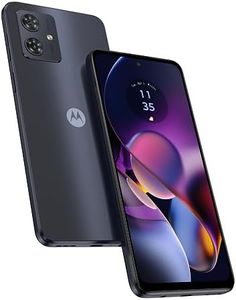
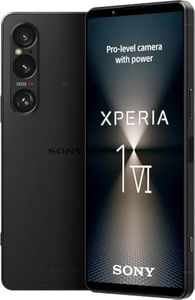
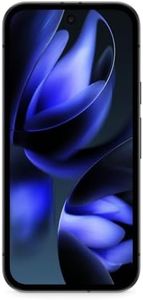

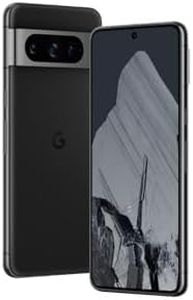

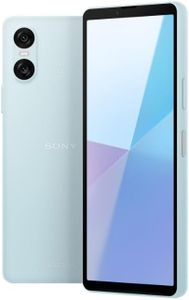

![Samsung Galaxy A26 [AU Version] 5G A Series Mobile Phone, Awesome Intelligence, 128GB Storage, 6.7'' Display, Strong Durability, Super Fast Charging, Black](https://images-proxy.bestreviews.guide/iSa5SEqq4GgrMPhK7gMWnDzvfc4=/0x300/https://m.media-amazon.com/images/I/41egQ6AnCrL._AC_CX679_.jpg)
